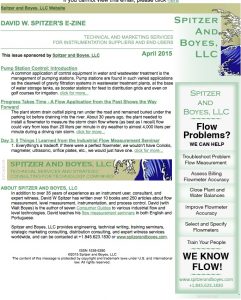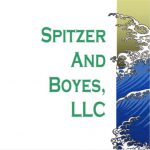
To review — the performance of a level measurement system is quantified by means of its accuracy statements. The reader must understand not only which parameter is being described, but also the manner in which the statement is expressed. In level measurement, parameters are commonly described in terms of a(n):
absolute (fixed) distance error
percentage of the empty distance (farthest measurement in span)
percentage of the maximum sensor distance
percentage of measured distance
percentage of set span
percentage of maximum span
Note that other terminology may be used to express these concepts. Some variations actually used by suppliers include mm
, cm and percentages of:
Span
Full span
Span in air
Rated span
Maximum span
Calibrated span
Maximum measured span
Maximum span of the sensor
Maximum measuring span
Span value
Range
Full range
Detected range
Measured range
Target range
Measuring range
Maximum range
Range distance
Maximum target range (in air)
Set measuring range
Range with no temperature gradient
Full scale
Maximum distance
Target distance
Measured distance
URL
Distance
Tank height
An undefined parameter (for example, 0.25%)
Many of the above terms do not have clear meanings. In addition, discussions with suppliers revealed different meanings for specifications that otherwise seemed to be clear and well defined. Regardless of the terminology used by the supplier, the reader is advised to confirm exactly what the meaning of the terms used in the specification in order to understand them correctly so as to correctly evaluate performance.
More importantly, the performance specifications may not describe performance. Consider some examples that were actually encountered.
Stated Accuracy Meaning (after discussion with supplier)
0.25% Range 0.25% of empty distance (farthest measurement)
1.2% of range 1.2% of maximum sensor range
0.25% of measuring range 0.25% of maximum sensor range
0.25% of span 0.25% of maximum sensor range
0.25% 0.25% of maximum sensor range
0.3% 0.3% of measured distance
These examples illustrate the difference between published specifications and their actual meaning. From the above data set, it would be conservative to assume that statements expressed as percentages are percentages of the maximum sensor range until they are confirmed otherwise by the supplier.
This article was excerpted from “The Consumer Guide to Non-Contact Level Gauges”
